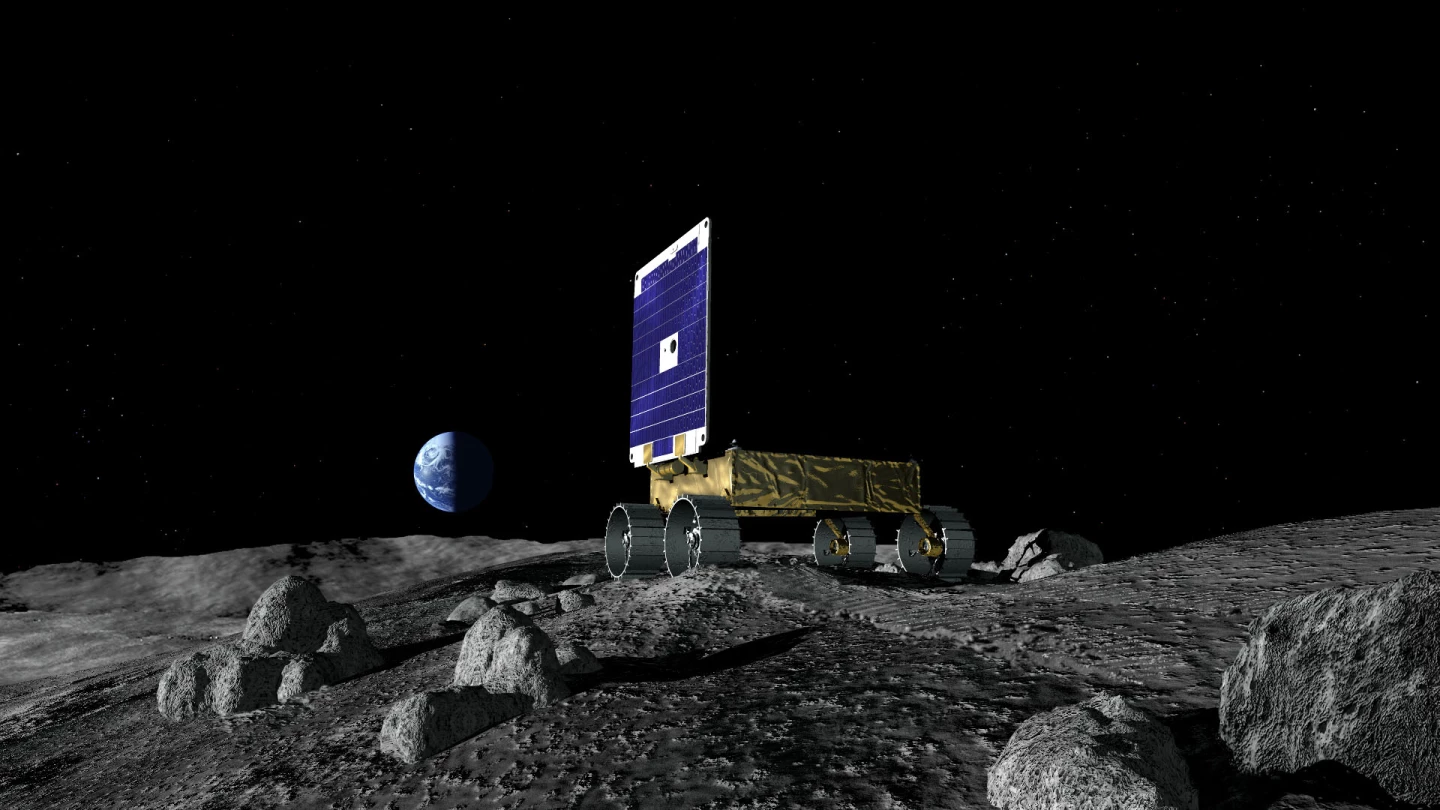Last year, NASA awarded a contract to Carnegie Mellon University (CMU) and its spinoff Astrobotic to complete development and build an autonomous Moon rover as a technology demonstrator and water prospector. Slated to launch on Dec. 7, 2022, the robotic explorer called MoonRanger, which will be sent to the lunar south pole to seek out ice, has now completed its preliminary design review.
As NASA ramps up its Artemis program to establish a permanent human presence on the Moon, a major part of the endeavor will be a thorough exploration of the surface and prospecting for vital resources, including water ice. This will include sending another robotic explorer, called VIPER.

The MoonRanger project is being led by William "Red" Whittaker, director of the CMU's Field Robotics Center.
The new rover will be about the size of a suitcase and weigh roughly 40 lb (18 kg), though it will be very fast as rovers go and enjoy a high degree of autonomy as it measures ice and makes detailed 3D maps of the lunar terrain. Because the MoonRanger is too small to send radio signals directly to Earth it will gather data independently and then upload it to the Masten lander, which will deliver the rover to the surface. The lander will then relay the data to mission control.
The animation below is a simulation of the MoonRanger in action.
Source: Carnegie Mellon University







